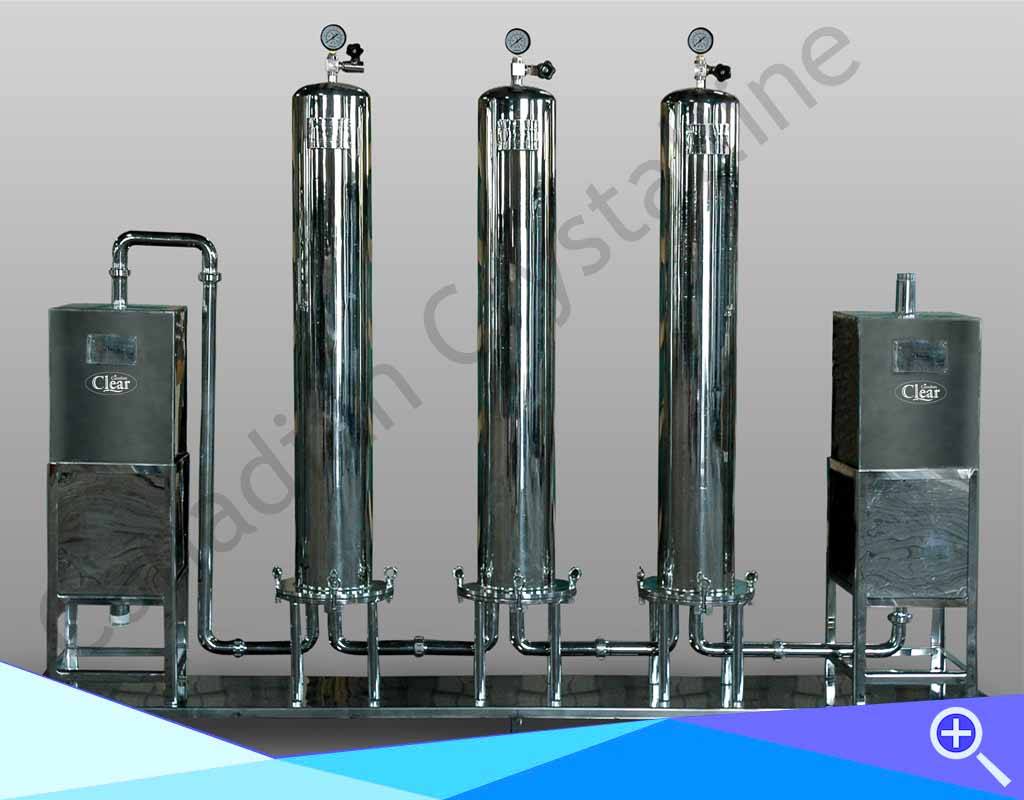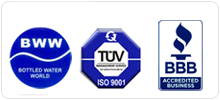Compact Sewage Treatment Plant
The best water treatment plant manufactures Sewage treatment is very important in our society. It's an area that's often misunderstood if understood at all. Nevertheless, treatment plants have a number of important functions.
How to identify a sewage treatment plant
A sewage treatment plant is also known as a domestic wastewater treatment plant. Basically, what the process involves is cleaning up the sewage which is released from domestic and commercial sources. Normally this doesn't involve cleaning up waste which is released from particularly dirty sources, for example, heavily industrial companies or factory farms of nuclear reactor coolants.
The functions of plants
In modern sewage treatment plants there are three main stages: primary, secondary, and tertiary.*Primary: In this first stage the easy-to-remove substances are taken out from the wastewater. For example, fats and oils are skimmed from the surface, rocks and pieces of grit are strained, and any large pieces of rubbish can be raked out.
*Secondary: In the second stage the main aim is normally to take out as many biological contaminants as possible. The secondary treatment is the stage at which the largest technical differences within sewage treatment can occur. This is because there are a number of methods in which biological contaminants can be reduced in wastewater. Having said that, generally microorganisms are used to get rid of any unwanted elements.
*Tertiary: In this final stage the objective is to make the water as clean as possible before it re-enters the environment. Usually this is achieved by artificial or man-made natural filter systems. Sometimes treatments are also used to get rid of any phosphorus or nitrogen found in excess. Then, the remaining water is disinfected. Chlorination or UV treatment is usually used for this process.
Important considerations
The sludge that's left over from cleaning the wastewater has to be dealt with separately and differently to the water that is released. This is an important additional function for treatment plants. In general, this is taken care of by using anaerobic and aerobic methods which utilize bacteria. Composting can also be used to break down any biological contaminants of the waste.
Read Related






























 Toll Free
Toll Free
